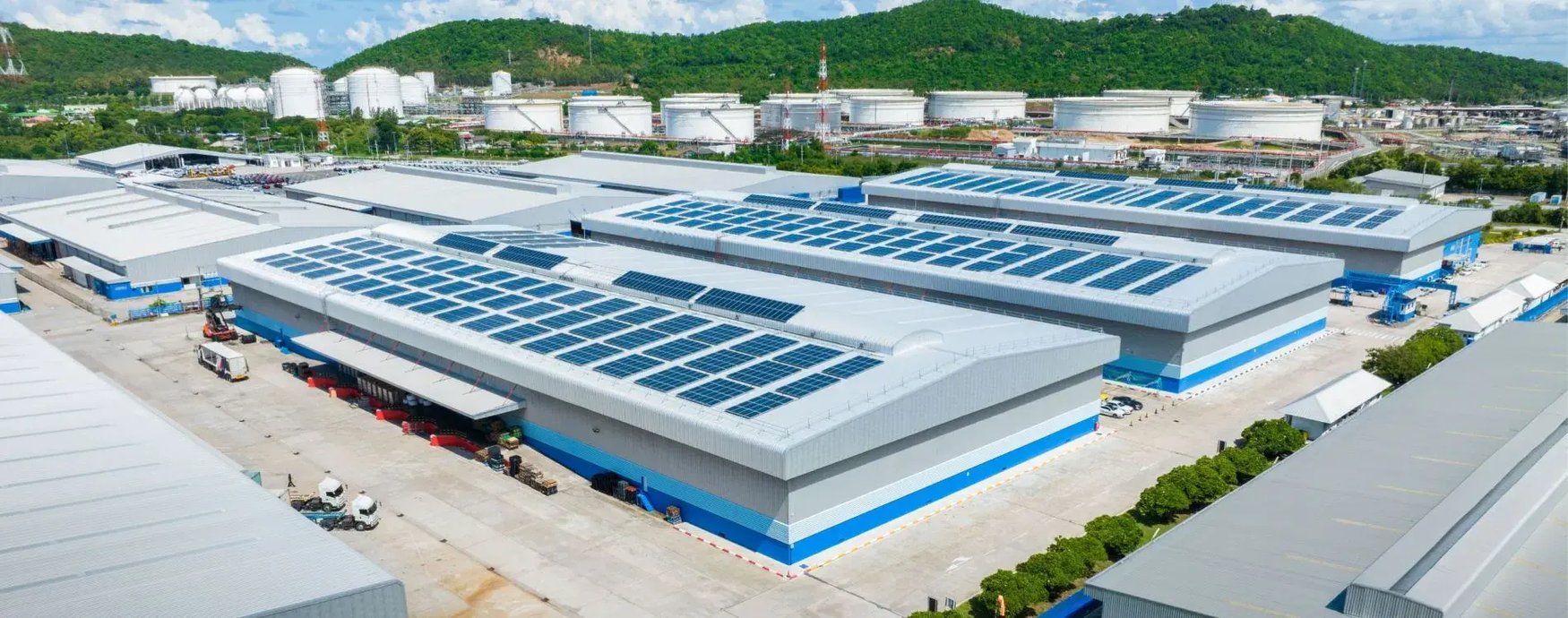How Factories Can Be Made More Sustainable & Eco-Friendly In 2023

Businesses across the board are being compelled to become more sustainable by market forces as well as the stark realities of the climate crisis facing the planet at the moment.
Manufacturers are in an especially strong position to do something proactive to reduce the impact of their operations, so here are some examples of what steps can make a difference in terms of how factories are designed and run right now.
Harnessing the Power of Rooftop Solar Design for Sustainable Energy Generation
Utilizing rooftop solar design is an excellent means for factories to capitalize on renewable energy sources and reduce their carbon footprint. As open spaces become increasingly scarce in industrial areas, rooftops often provide a considerable amount of untapped real estate perfectly suited for installing photovoltaic (PV) solar panels.
By generating power from sunlight, these PV systems substantially decrease reliance on fossil fuels and grid-sourced electricity. Consequently, they not only contribute to reducing greenhouse gas emissions but also lead to cost savings in terms of lower utility bills. Furthermore, certain countries offer government-backed incentives like tax rebates or grants for organizations that invest in clean energy technologies such as solar installations.
To maximize efficiency and return on investment, factory owners should conduct careful research based on factors like local climate conditions and sun exposure patterns before embarking upon rooftop solar projects. By strategically implementing this green solution, both the environment and business stakeholders stand to benefit immensely in 2023.
Embracing Circular Economy Principles in Manufacturing Processes
The concept of a circular economy revolves around the idea of minimizing waste and making the most out of available resources. For factories looking to become more sustainable and eco-friendly, incorporating circular economy principles into their manufacturing process is an essential step.
Rather than following the traditional linear "take-make-dispose" model which has led to enormous levels of resource consumption and waste production, factories must shift to a closed-loop system. If you’re already equipped with the skills and innovative ideas on how to implement this, search for process engineering jobs in your area and help factory operators up their game in 2023.
Closed-loop systems prioritize reusing, recycling, or repurposing materials wherever possible throughout all stages of production. This not only reduces the demand for raw materials but also lowers energy consumption and pollution generation as fewer processes are needed when utilizing existing resources effectively. For instance, one of the secrets to successful craft beer canning is that the materials involved are endlessly recyclable, which is not only good news for customers who are conscientious about their eco footprint, but also producers that want to minimize on-site waste issues as well.
In adopting such practices, factories can contribute significantly towards protecting the environment while achieving financial benefits due to reduced operational costs and potential revenue streams from selling recycled materials or waste-generated products.
Innovating with Biodegradable Materials and Waste Reduction Techniques
As global awareness of environmental issues continues to rise, consumer demand for sustainable products is also increasing. This makes it crucial for factories to embrace innovative biodegradable materials that can break down naturally without harming the environment. Some promising options include replacing single-use plastics with plant-based alternatives and incorporating recycled or bio-based materials into product design.
Using such eco-friendly raw materials should go hand-in-hand with reducing production waste through efficient processes that minimize scrap generation and material loss. Lean manufacturing methodologies are effective in tackling this challenge by emphasizing continual improvement, process optimization, and elimination of non-value-added activities.
Factory owners must rigorously analyze their supply chains and identify opportunities where these concepts can be applied proactively. Combining a commitment to using biodegradable inputs with robust waste reduction strategies means they will not only contribute positively to preserving our planet but also position themselves as forward-looking industry leaders who prioritize sustainability in their business operations.
Wrapping Up
There’s lots more to think about in this context, of course, but hopefully you’ve now got a starting point from which to work on your own operations with sustainability as the watchword.

Ravindra Ambegaonkar
Ravindra, the Marketing Manager at NY Engineers, holds an MBA from Staffordshire University and has helped us grow as a leading MEP engineering firm in the USA
Join 15,000+ Fellow Architects and Contractors
Get expert engineering tips straight to your inbox. Subscribe to the NY Engineers Blog below.


